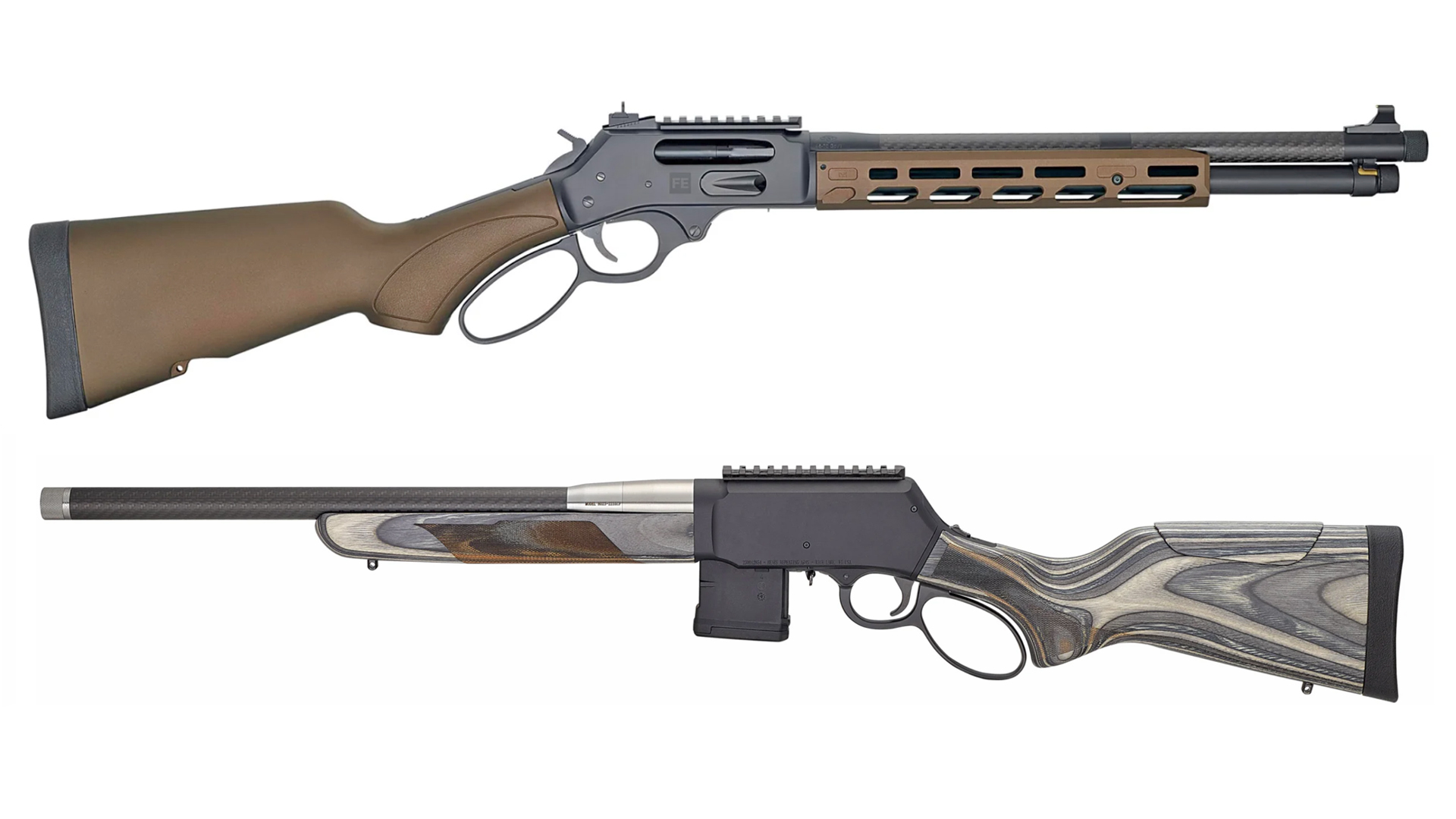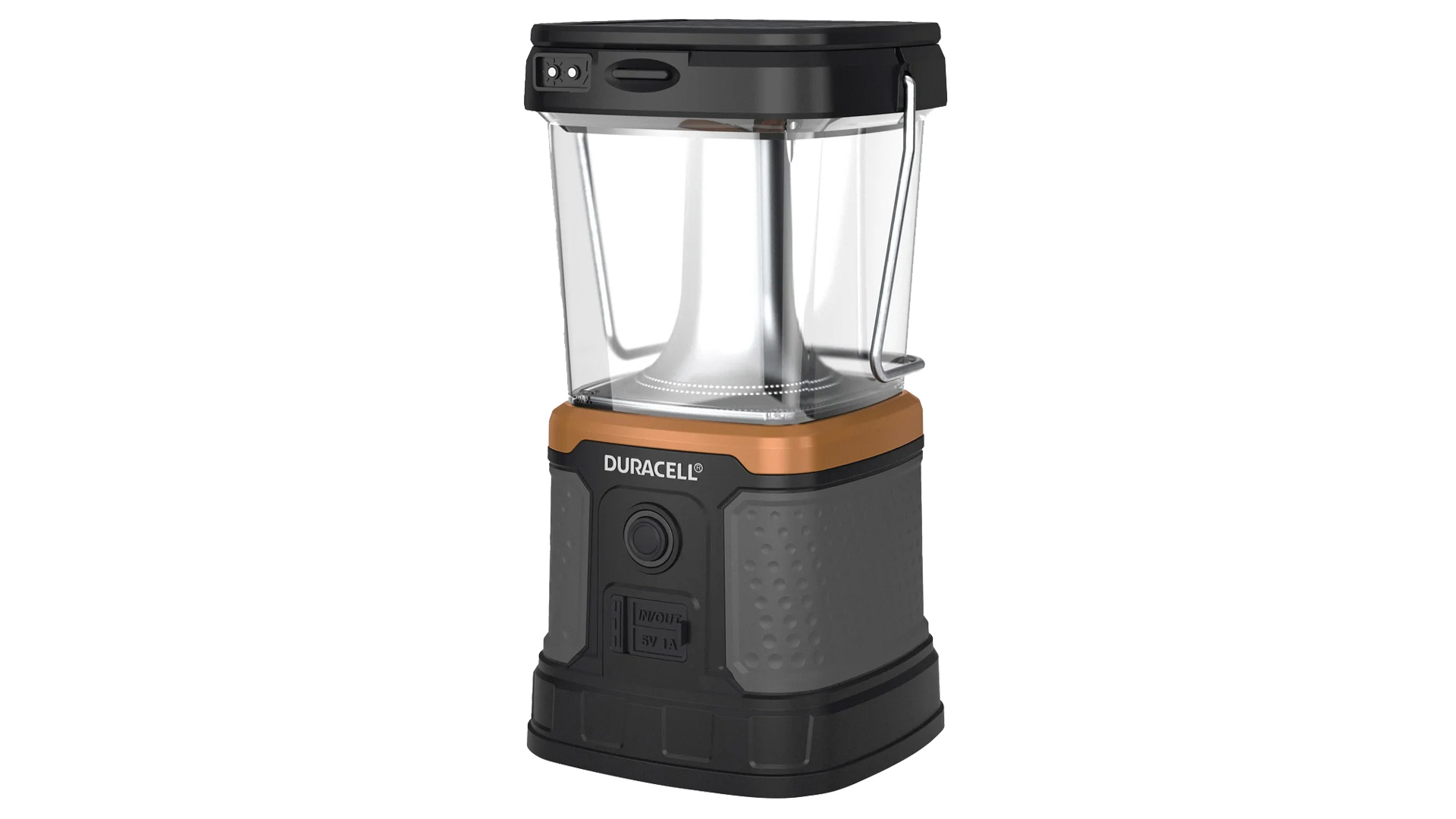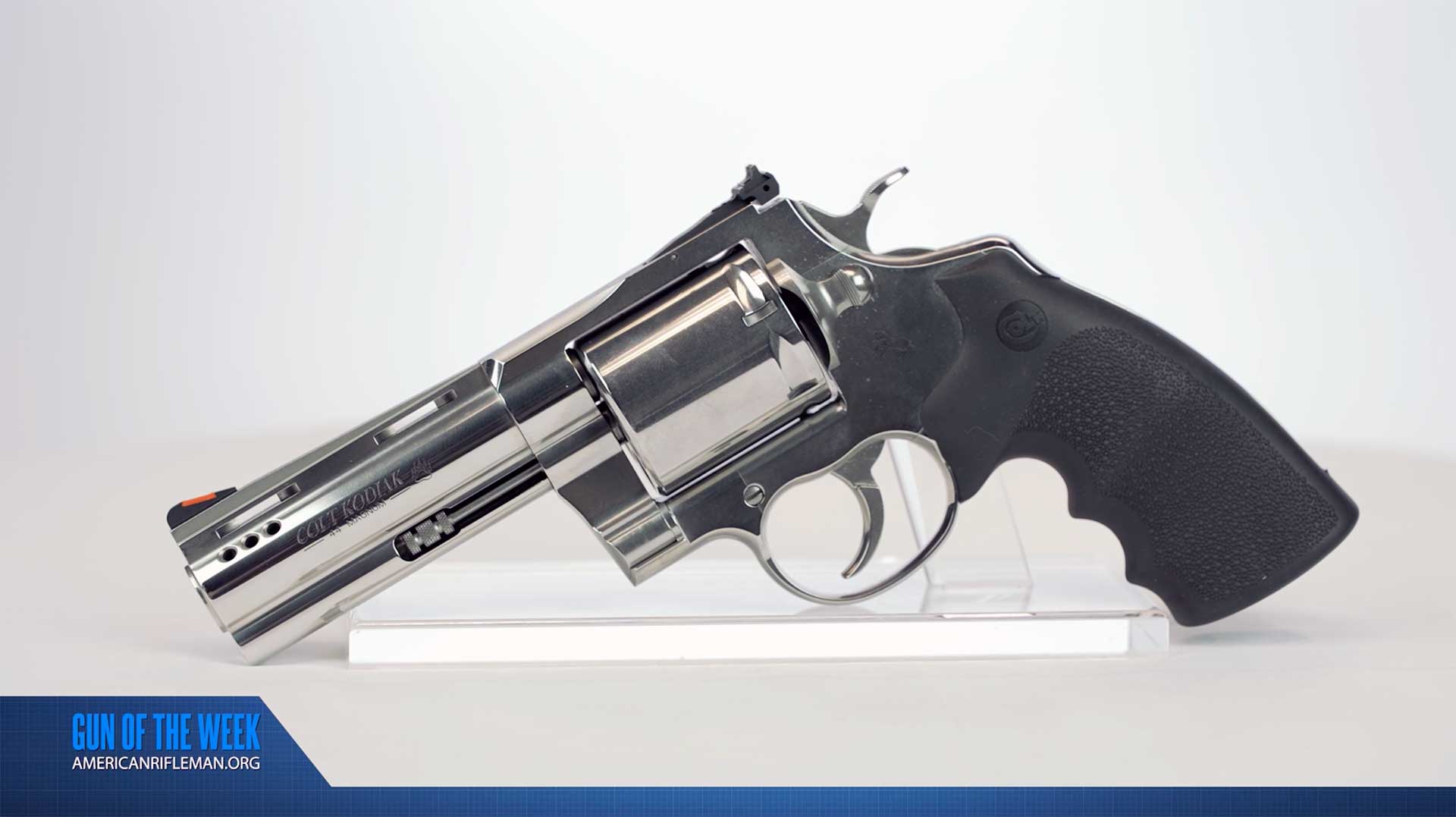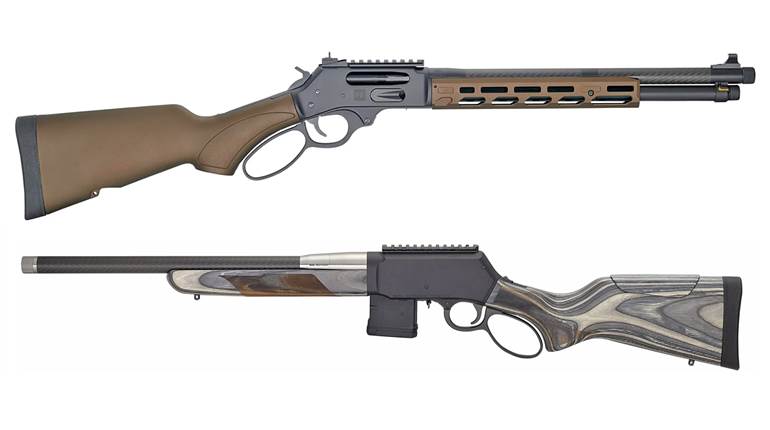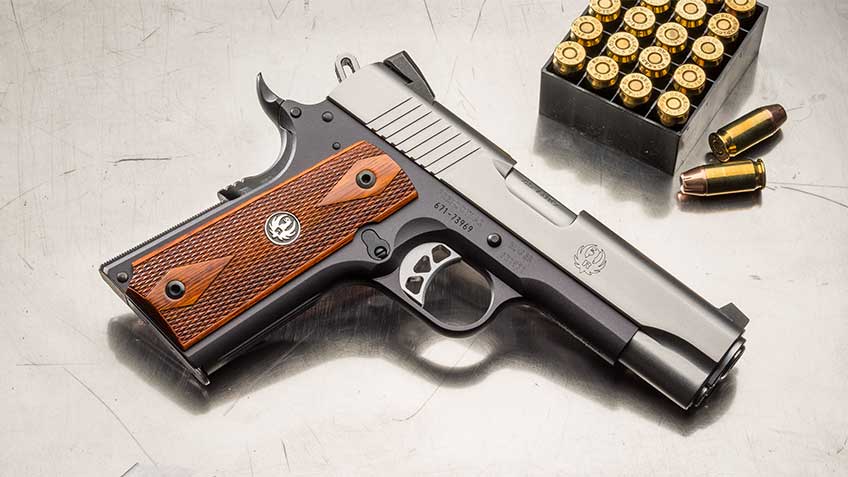
This review of the Ruger SR1911 Lightweight Commander appeared originally in the August 2015 issue of American Rifleman. To subscribe to the magazine, visit the NRA membership page here and select American Rifleman as your member magazine.
Nearly five years ago, Sturm, Ruger & Co. launched its first SR1911 pistol. One might wonder how Ruger expected to be successful in a market already so full of M1911-style pistols. Ruger seems to have succeeded by using the most-modern manufacturing techniques and by reaching out to recognized M1911 experts for advice on the gun’s design. The result has been a family of pistols that are extremely well-made at a very reasonable price.
The latest entry in the SR1911 family is the Lightweight Commander in .45 ACP. This pistol features an anodized aluminum frame that, with its smoky gray coloring, contrasts nicely with the stainless steel slide and barrel. More importantly, the pistol is nearly 10 ozs. lighter than the 5" Government Model, making it a natural for those who want to carry an M1911 for personal defense.

Similar to the other Ruger SR1911s, the Lightweight Commander has a beavertail grip safety and an extended thumb safety. It also comes with Novak Lo-Mount fixed combat sights, not foreign copies, but the real deal. Also included are two, seven-round magazines and a zippered carrying case.
Another interesting feature of this Commander is the fact that the plunger tube, located between the slide stop and the thumb safety, is an integral part of the pistol frame. On most M1911s this part is simply staked on and has been known to come completely off of the pistol during strings of fire. Making the tube an integral part of the frame is just another touch of quality from Ruger.
However, the most interesting feature of this pistol is the titanium insert placed in the feed ramp portion of the aluminum alloy frame. In some cases, hollow-point ammunition can gouge an alloy feed ramp. And, when this happens, feeding reliability will usually suffer. By placing the titanium insert into the frame, Ruger has ensured that this pistol will feed properly and reliably for years to come.

Ruger also incorporates a lightweight titanium firing pin in its family of SR1911 pistols. This addition makes it difficult, if not impossible, for the pistol to fire upon being dropped on a hard surface. And it negates the need for the troublesome firing-pin-block safety found on some guns of other manufacture.
We tested the Ruger Lightweight Commander with three .45 ACP loads that were chosen to represent modern choices in defensive ammunition. The highest velocity was obtained using the Federal 165-gr. Guard Dog cartridge which produced an average velocity of 1070 f.p.s.
However, the most accurate loading turned out to be the Remington 230-gr. JHP cartridge, at 819 f.p.s., with five-shot groups that averaged 2.40" at 25 yds. from a sandbag rest. The third load tested was the Hornady 185-gr. HAP load, at 875 f.p.s. All three of the cartridges tested gave performance and accuracy that would make them good choices for the armed citizen or law enforcement officer.

Following accuracy and velocity tests, we shot the Lightweight Commander in various defensive shooting drills. It was noted that the pistol functioned flawlessly throughout the various tests. Several shooters commented on how comfortable the Ruger was to shoot and singled out the thin, attractive, checkered hardwood stocks as being one of the factors contributing to this impression.
As Ruger undoubtedly learned from the experts it consulted, the key to making an accurate, reliable M1911 is in the attention given to the mating of the slide to the frame. Another contributing factor is creating a solid barrel lockup.
Instead of adding various external features that rarely contribute to accuracy and reliability, Ruger seems to have focused on these important areas of manufacture. The various shooters who fired our test pistol, including at least two law enforcement veterans, all commented on the pistol’s smooth functioning and positive lockup.
Ruger produced a quality M1911 that forces others to make a place for it in the M1911 market by focusing on the things that matter in a well-made pistol. And, as usual, Ruger found a way to do that at a price that should be pleasing to the shooting public. Once again, it appears that Ruger has hit a home run with the Ruger Lightweight Commander in .45 ACP.

















![Auto[47]](/media/121jogez/auto-47.jpg?anchor=center&mode=crop&width=770&height=430&rnd=134090788010670000&quality=60)



